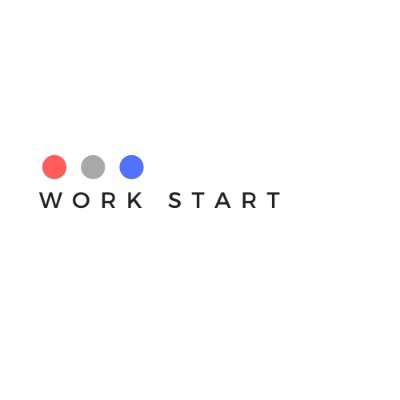Blog

February 6, 2025
When an employee leaves, the impact ripples far beyond their empty desk. While the immediate costs are obvious – job postings, recruiter fees, and training materials – the true financial burden often lurks beneath the surface, affecting everything from team morale to bottom-line profits. Understanding the Cost Breakdown Recruitment Costs: Job board postings and advertising fees Internal or external recruiter time Background checks and pre-employment screening Interview time for hiring managers and team members Assessment and skills testing Training and Onboarding: Formal training program expenses Mentor and supervisor time Learning materials and resources Reduced productivity during learning curve Team members' time spent supporting new hire Lost Productivity: Knowledge gap during position vacancy Decreased team efficiency during transition Client relationship disruption Project delays and missed deadlines Overtime costs for remaining staff Strategic Solutions for Employers 1. Enhance Recruitment Efficiency Develop clear job descriptions and success metrics Create structured interview processes Build talent pipeline through networking Implement employee referral programs Use data-driven candidate assessment tools 2. Optimize Training Programs Create comprehensive onboarding frameworks Develop role-specific training materials Establish mentorship programs Set clear 30-60-90 day goals Use microlearning and digital training tools 3. Minimize Productivity Loss Document key processes and procedures Cross-train team members Create knowledge transfer protocols Maintain updated standard operating procedures Implement succession planning Prevention Strategies The best way to reduce turnover costs is to prevent unnecessary departures: 1. Competitive Compensation Regular market rate analysis Clear advancement paths Performance-based incentives Benefits package optimization Recognition programs Engagement Initiatives Regular feedback sessions Career development opportunities Work-life balance policies Team building activities Meaningful work assignments 2. Cultural Enhancement Clear company values and mission Open communication channels Diverse and inclusive environment Leadership development Employee empowerment Measuring Success Track these metrics to gauge your retention efforts: Employee turnover rate by department Average tenure by role Cost per hire Time to fill positions New hire performance ratings Employee satisfaction scores Exit interview feedback trends Future-Proofing Your Organization Create a resilient workforce by: Building strong employer brand Developing internal talent pools Creating flexible work arrangements Investing in technology and tools Fostering continuous learning culture Remember: Every dollar invested in retention saves multiple dollars in replacement costs. The key is to view employee retention not as an HR initiative but as a business strategy that directly impacts organizational success. Action Steps: Calculate your current turnover costs Identify top departure reasons Develop targeted retention strategies Implement measurement systems Regular strategy review and adjustment By taking a proactive approach to employee retention, organizations can significantly reduce the financial and operational impact of turnover while building a more engaged, productive workforce.




